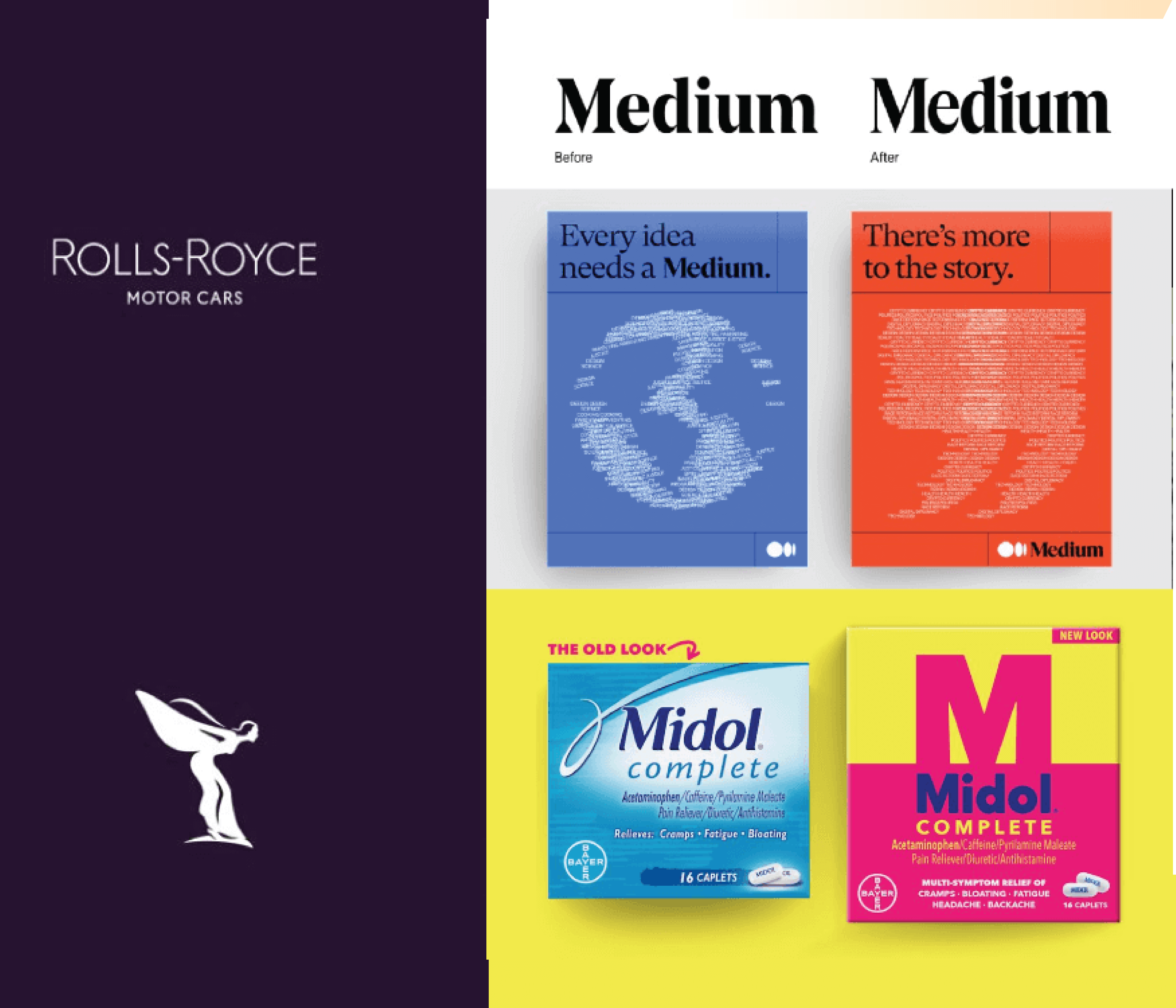Most B2B companies struggle to market to one audience effectively, much less multiple audiences or audiences with conflicting needs. How do you overcome the challenge and create a cohesive ecosystem?
Kelly Phillips, Brand Marketing Leader at Faire (a wholesale marketplace connecting independent retailers with brands), so she knows this problem intimately. And she’s spent years mastering the art of brand-building for two very different audiences simultaneously. Her insights from Faire, plus her previous experience at Airbnb (another two-sided marketplace), offer a masterclass in multi-audience marketing. She was kind enough to share those insights on our Best Story Wins podcast, and her advice is helpful for anyone who has struggled to find the right footing with the right audiences.
The Biggest Myth of Multi-Audience Marketing
Making an impact with different audiences isn’t easy. As Kelly says, “You’re constantly balancing the needs, the motivations, perceptions of two very different audiences with different objectives.”
Common wisdom suggests you should deliver the same messaging but just tweak it depending on the audience. That is a myth. Connecting with audiences authentically is much more complicated than that, as it requires you to understand the nuances of your personas’ desires. For example, what feels empowering to one audience can feel threatening or transactional to another.
Take Airbnb, for example, where Kelly previously worked. Travelers want to feel at home and worry-free. Hosts want to feel protected and supported if something goes wrong. Aribnb may offer a “seamless experience” to both audiences, but the messaging around that seamless experience can mean completely different things to each group.
At Faire, Kelly also sees how this plays out between retailers and brands. Retailers are navigating an increasingly complex landscape, trying to stay profitable while discovering what’s new. Brands are creators and entrepreneurs looking to be discovered and supported as partners. Both groups care about great products, but their relationship to risk, discovery, and success looks entirely different. For this reason, Kelly knows that any marketing strategy needs to accommodate all perspectives.
4 Strategies to Master Multi-Audience Marketing
So how do you build bridges between audiences, deliver a cohesive story, and make your messaging meaningful to everybody? Here is Kelly’s best advice.
1) Build multiple emotional value props.
Most companies make the mistake of thinking multi-audience marketing means writing different taglines or creating separate landing pages. But Kelly learned something deeper: “These audiences don’t just need different messages; they need different emotional value props.”
This goes beyond features and benefits and goes right to the emotional benefit that your product or service provides. At Airbnb, the guest’s emotional need was feeling at home and safe. The host’s emotional need was feeling protected and empowered. Same platform, completely different emotional outcomes.
At Faire, retailers need to feel inspired and supported in their curation process. Brands need to feel discovered and championed. Kelly and her team design the experience so both audiences get their distinct emotional payoff while using the same platform.
Tip: Map out the emotional journey for each of your key audiences. What do they need to feel before, during, and after interacting with your brand? Build your messaging strategy around these emotional outcomes, not just functional benefits.
2) Become the emotional connective tissue between your audiences.
If you’re a marketplace or platform that connects two audiences, you have an important job. “You’re kind of this translator, this emotional connective tissue,” Kelly says. Your brand doesn’t just serve two different audiences; it helps them trust each other.
“Your brand has to stand for more than just convenience or scale. It has to feel human, fair, and values-driven to both sides,” Kelly says. That can be a delicate dance, but you have to find the througlines.
At Faire, this shows up in how they position the relationship between retailers and brands. They don’t just facilitate transactions; they celebrate the shared mission of both sides: building something independent and creative with a deep love of great products. This shared purpose becomes the foundation that makes both audiences feel aligned rather than at odds.
Tip: Identify the shared values or common ground between your different audiences. Build your brand voice and messaging around these unifying themes while still addressing each group’s specific needs.
3) Design every touchpoint to feel equally considered.
Here’s where most multi-audience brands fail: they prioritize one audience over another, even subtly. Kelly is clear about Faire’s approach: “Our challenge is to champion both sides without making either feel secondary. The experience doesn’t have to be identical, but it does need to feel equally considered.”
This requires intentional design choices. Faire’s brand personality is “warm, human, and supportive,” but they flex the execution based on the audience. With retailers, they focus on being inspiring and educational without using tech jargon. With brands, they emphasize discovery and partnership opportunities.
In this way, they maintain a unified brand personality while customizing the application. Kelly says Faire aims to function like more of a boutique than a tech startup, specifically because most of their customers aren’t super technical. This positioning works for both retailers and brands, but for different reasons.
Tip: Audit your current customer touchpoints for each audience. Do they feel equally polished and considered? Are there places where one audience might feel like an afterthought? If so, consider redesigning those experiences to feel more intentional.
4) Build community around shared purpose, not separate silos.
Rather than creating separate communities for each audience, Kelly focuses on building connections around what unites both sides. “Whether you’re a retailer or a brand, there’s this shared pride in building something independent and creative and a deep love of great products. That shared mission is really our North Star.”
This shows up in Faire’s content strategy, events, and community building. Their annual Reshaping Retail summit brings together both retailers and brands around shared challenges and opportunities. Their trend forecasting serves both audiences with insights they can use, rather than favoring one group’s needs over another’s.
The result? Both audiences feel like they’re part of something bigger than a transactional marketplace. They’re part of a movement around independent retail and creative entrepreneurship.
Tip: What are the biggest conversations in your industry? What trends affect multiple audiences? Identify these throughlines and bring your community together around them. Create content, host a Q&A, or build community initiatives that serve everyone while strengthening the ecosystem you’re building.
Focus on Connection Above Everything Else
Building a company that serves multiple audiences isn’t about finding the lowest common denominator. It’s about understanding that you’re orchestrating trust and connection between groups who might not naturally understand each other.
It starts with empathy, gets built through intentional design, and succeeds when both audiences feel like the brand truly gets them.
The companies that get this right don’t just facilitate transactions. They create ecosystems where different people feel valued, understood, and connected to something larger than themselves. And though it’s not easy to do, it’s crucial if you want to build a winning (and sustainable) brand.
If you’re looking for more insights on building brands that connect with complex audiences, check out our full conversation with Kelly on the Best Story Wins podcast. You’ll hear more about how Faire approaches marketplace branding, plus her actionable tips for making any multi-audience brand strategy more effective.




